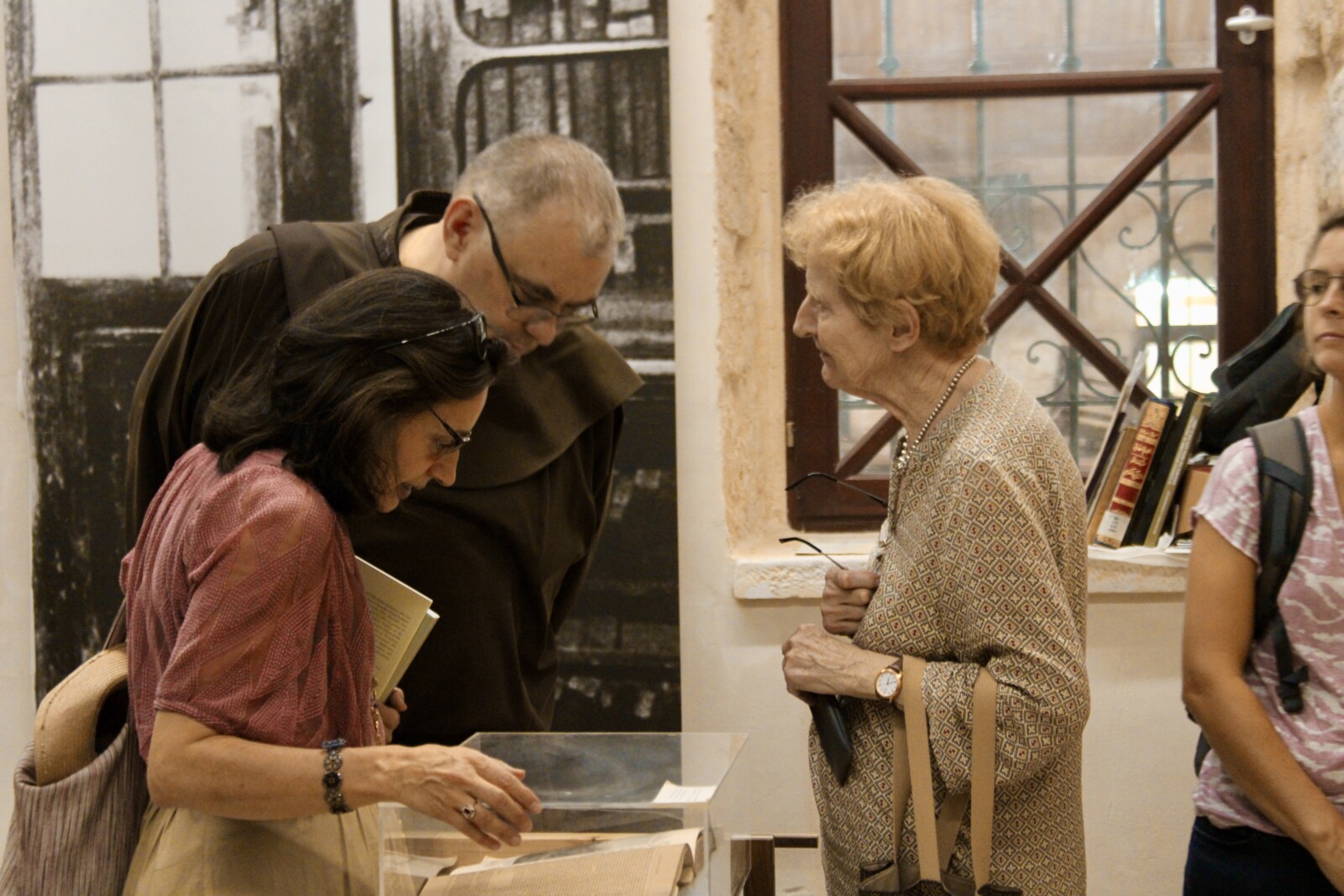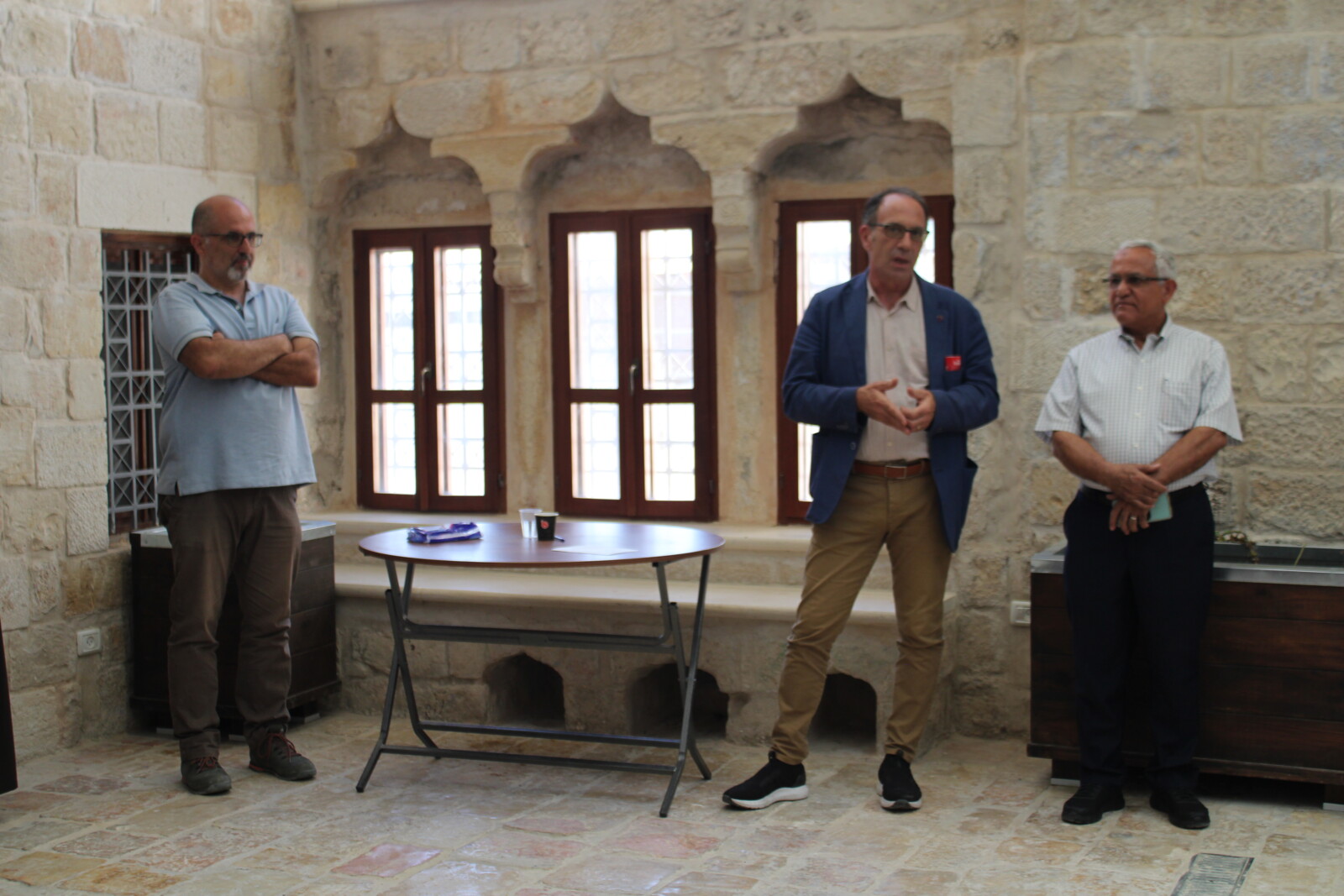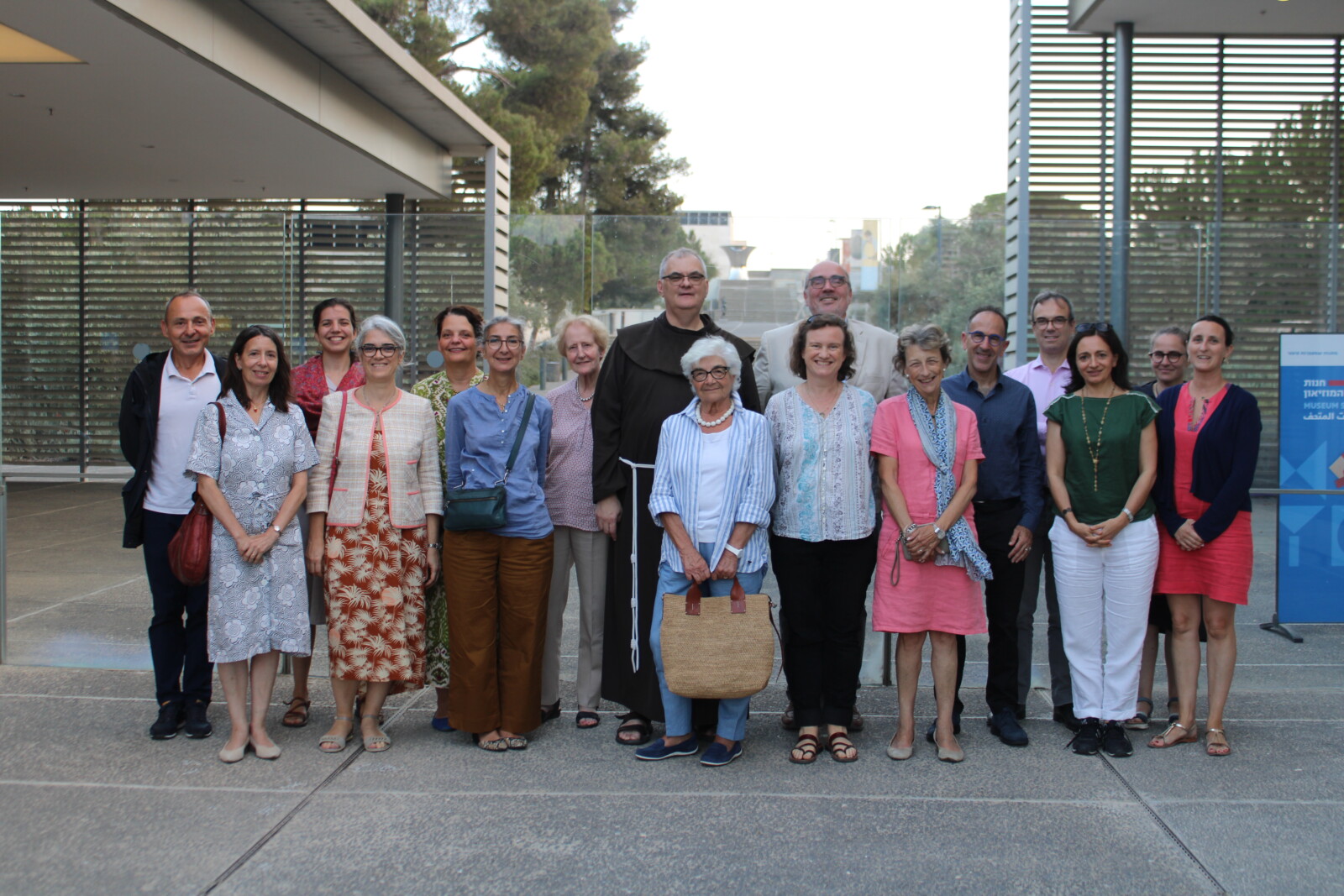A new turning-point for the Terra Sancta Museum
The fundamental points of the 9th session of the Scientific Committee of the Terra Sancta Museum in a few lines: this is the challenge we set ourselves! Enjoy reading it!
WHEN THE SITE OF THE MUSEUM BECOMES A PLACE OF TRANSMISSION
It was the good news of this meeting of the Scientific Committee: thanks to the joint funding of the French Agency for Development – AFD/NDC and of the Swiss Aliph Foundation, the work on the first phase, called “major work,” has resumed. It will continue until September 2023. The programme includes: the reinforcement of the structures and foundations, the preparatory work for laying the ventilated floors, the study of the underground systems of evacuating water and the restoration of the internal courtyards. ”All the lifeblood of the Technical Department of the Custody is mobilized on this project with as its objective an opening in autumn 2025,” said Leonardo di Marco, the engineer in charge of works management.
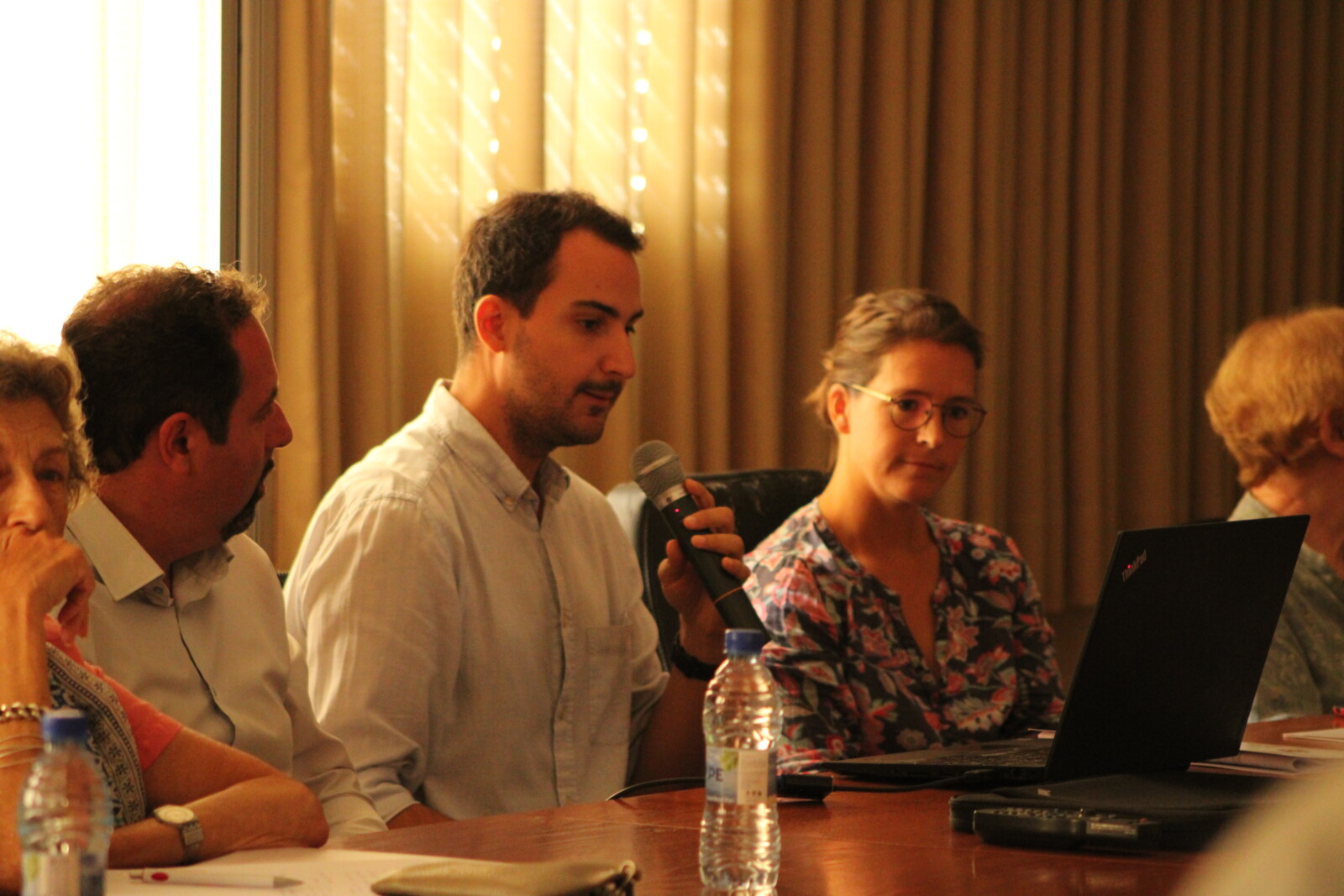
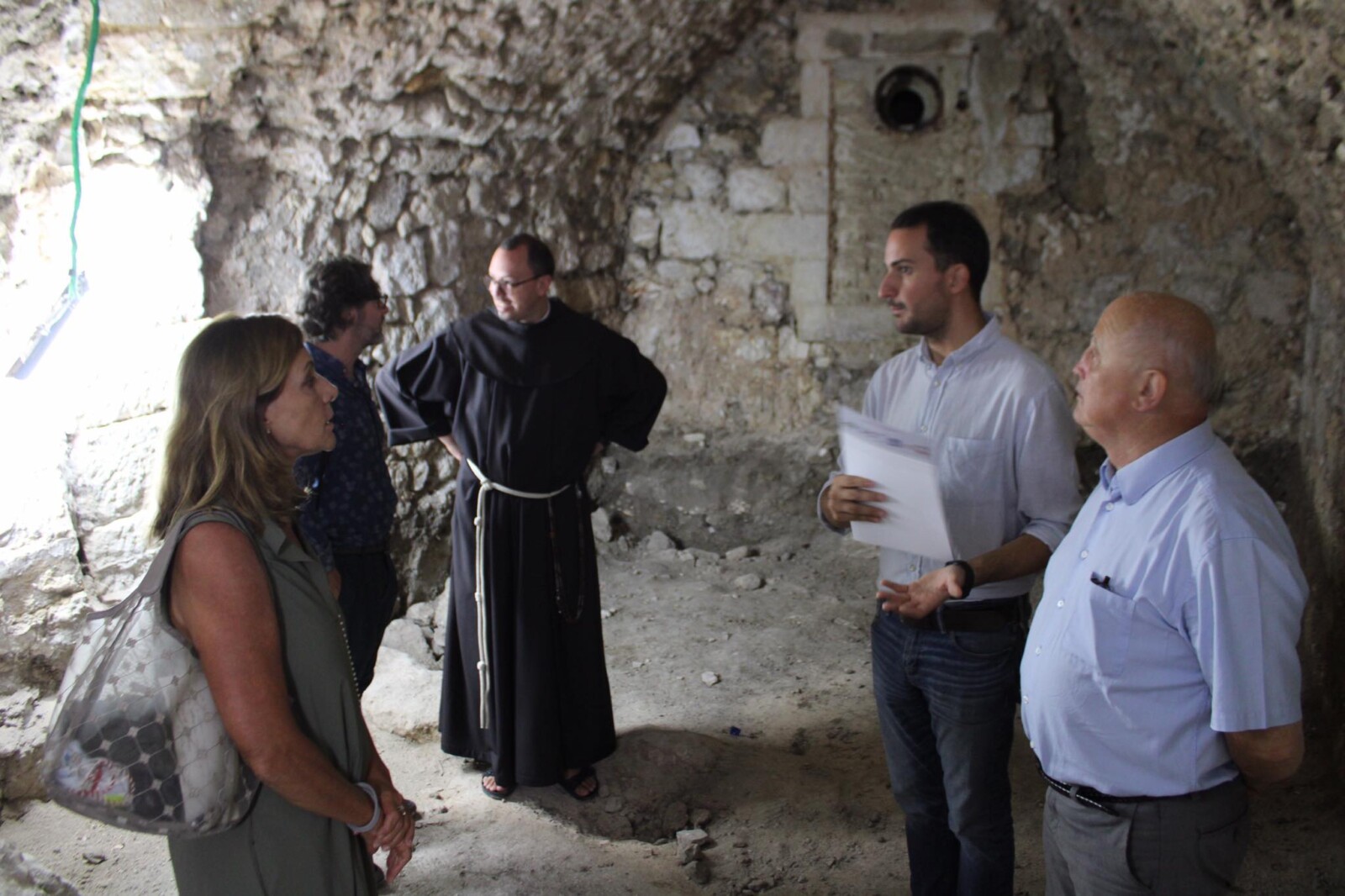
And because a site of such a size and technical complexity, in the heart of a city thousands of years old, is rare, the architects of the Custody have reflected on a series of actions of awareness-raising and training. These will put the accent on the restoration and the preservation of the ancient buildings. Under the guidance of Lorraine Abou Azizeh, an architect working on the project, an “Open Day” for Palestinian architects, engineers and teachers was held immediately after the Committee Meeting. The first results of this meeting: four workshops of international mediation will see the day in the first half of 2023.
THE SCIENTIFIC COMMITTEE GROWS
Michèle Bimbenet-Privat and Anne Dion, both of whom are Conservators at the Louvre Museum, are in full control of the future catalogues of gold and silverwork. The texts ought to be completed and translated by the summer and the end of 2023. In the meantime, the steps to find a publisher will begin with the aim of a wide circulation of these catalogues which promise to be sumptuous both thanks to their scientific content, but also the photographs of the photographer Guillaume Benoît, a collaborator of the Galerie Kugel (Paris). And to enrich with great precision the knowledge of each work, the committee has called on Charlotte Maury, in charge of the Ottoman collection of the Department of the Arts of Islam at the Louvre. There can be no doubt that some fine discoveries both on the workshops of production, the circulation of these works and their patrons will enrich the work of the Terra Sancta Museum. Like this Spanish basin, made of silver, the engraving of which was “rediscovered”: “On 16 February, in the year 1663, Pedro Dellanos and Isabela Hernande, his wife, gave this font as alms for the baptism of the children in Bethlehem and Jerusalem.” A work like this shows the social engagement of the friars and has its rightful place in the room dedicated to the service of the local church,” said Béatrix Saule, President of the Committee.
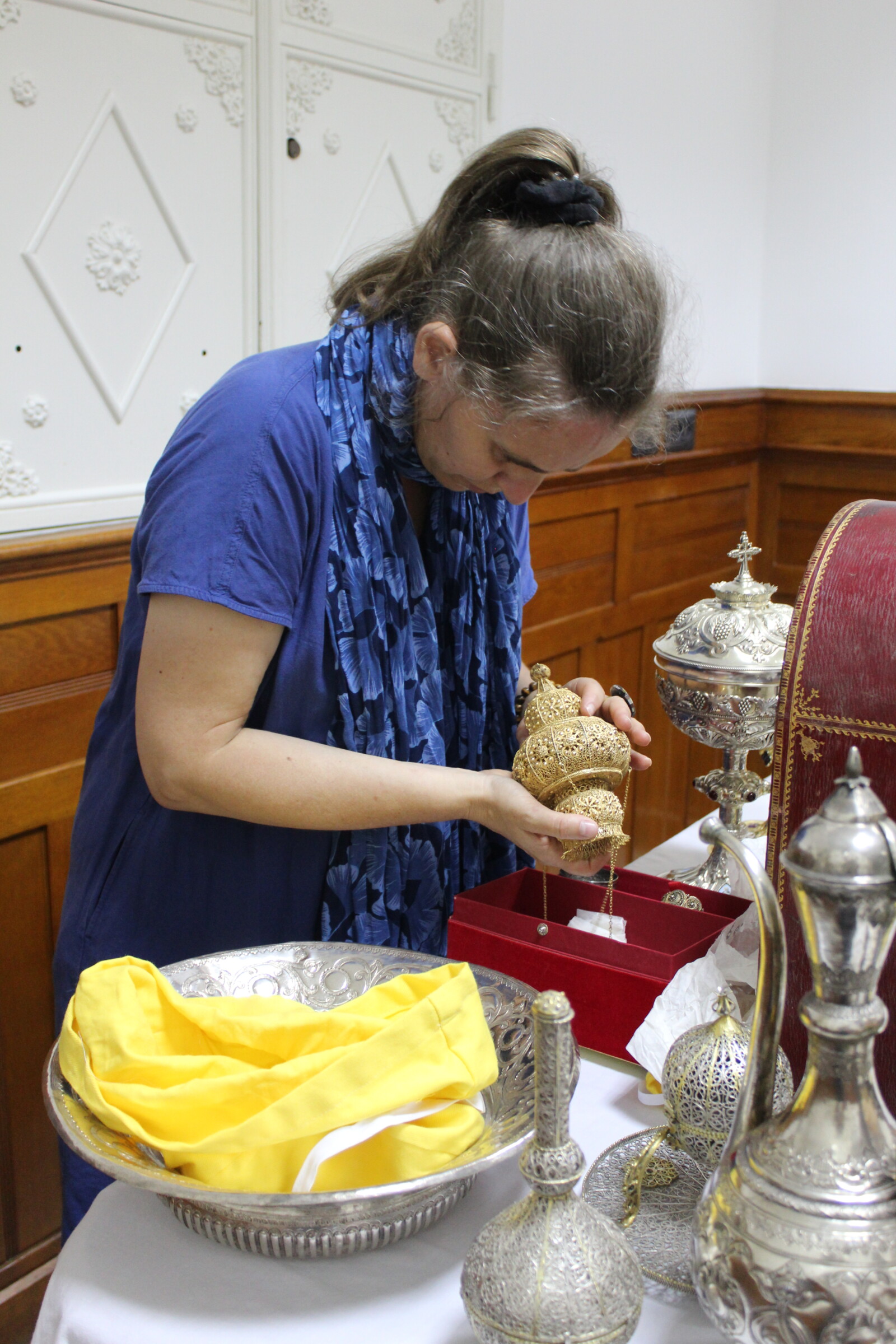
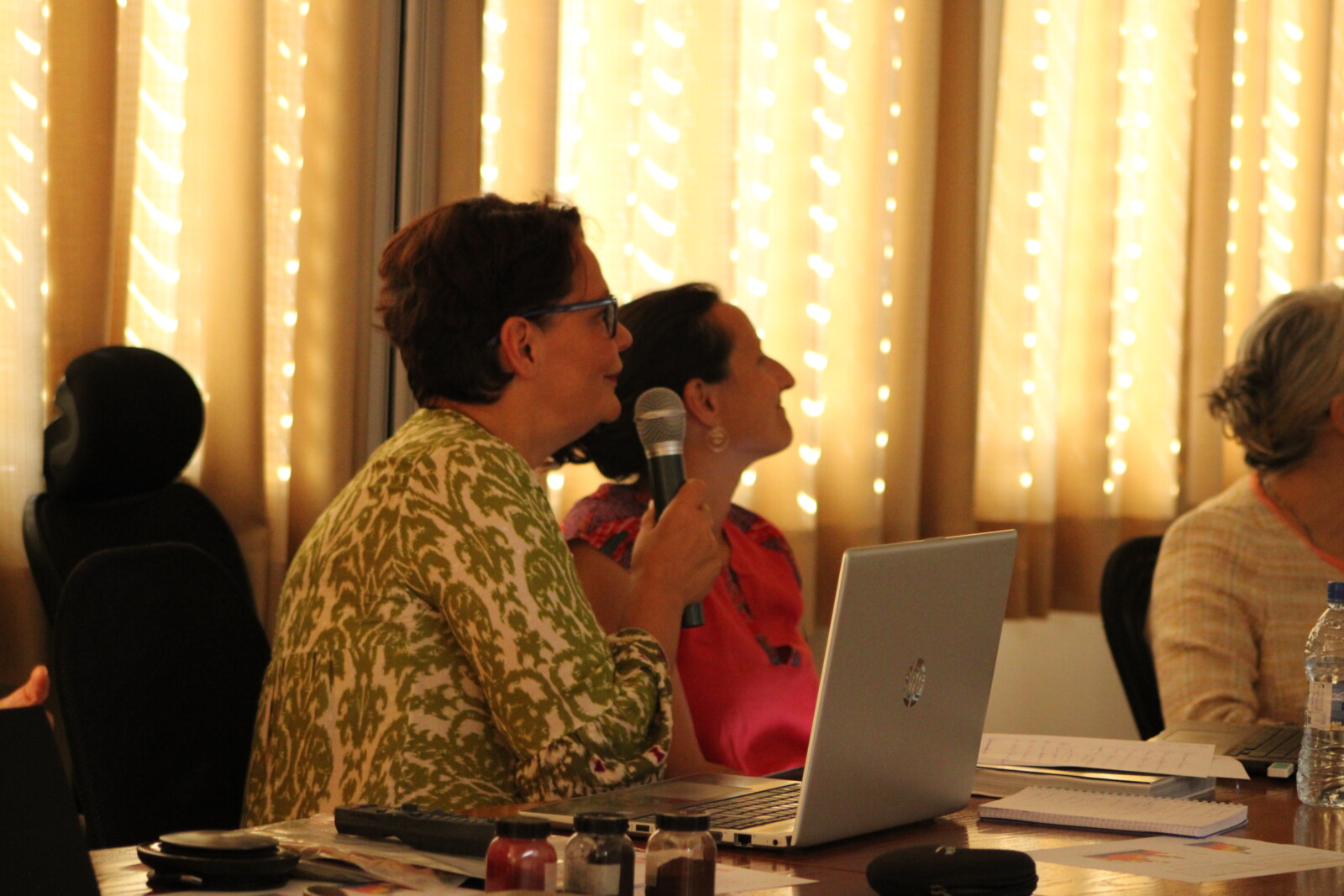
Amongst the “new faces”, the Scientific Committee also welcomed Anastasia Ozoline, Restorer at the Palais Galliera, the museum of fashion in Paris. She was able to see, with emotion and enthusiasm, the exceptional state of preservation of the textile collections of the Terra Sancta Museum, but above all the first course of restoration that she gave to the Adoring Sisters of the Milk Grotto, in Bethlehem. This course will continue in January 2023 to the great joy of the Committee; the training of local players on restoration guarantees the preservation of these collections which are already several centuries old.
THE LATEST INTERNATIONAL EXHIBITIONS
Exceptional collections deserve exceptional exhibitions! Before displaying the works behind glass and the opening of the museum, two major exhibitions are already making noises in the art world. At the end of 2023, “ Theatrum Mundi : Royal gifts to the Holy Sepulchre” will open at the Calouste Gulbenkian Museum in Lisbon. “lt will be an exhibition of the quality of that of Versailles with more than 120 works which have never before been presented in Portugal,” said Jacques Charles-Gaffiot, co-curator of the exhibition alongside André Afonso, Conservator of the Collections of Gold and Silver and Jewellery at the Lisbon museum. As for the second exhibition, we cannot yet reveal its venue, but it promises to be extraordinary! “These two exhibitions will be unique opportunities to let art lovers discover, in a preview and on two continents, the wealth and the diversity of our collections, while assuring the restoration of certain works,” emphasized Fr. Stéphane Milovitch, Director of the Department of the Cultural Heritage of the Custody.
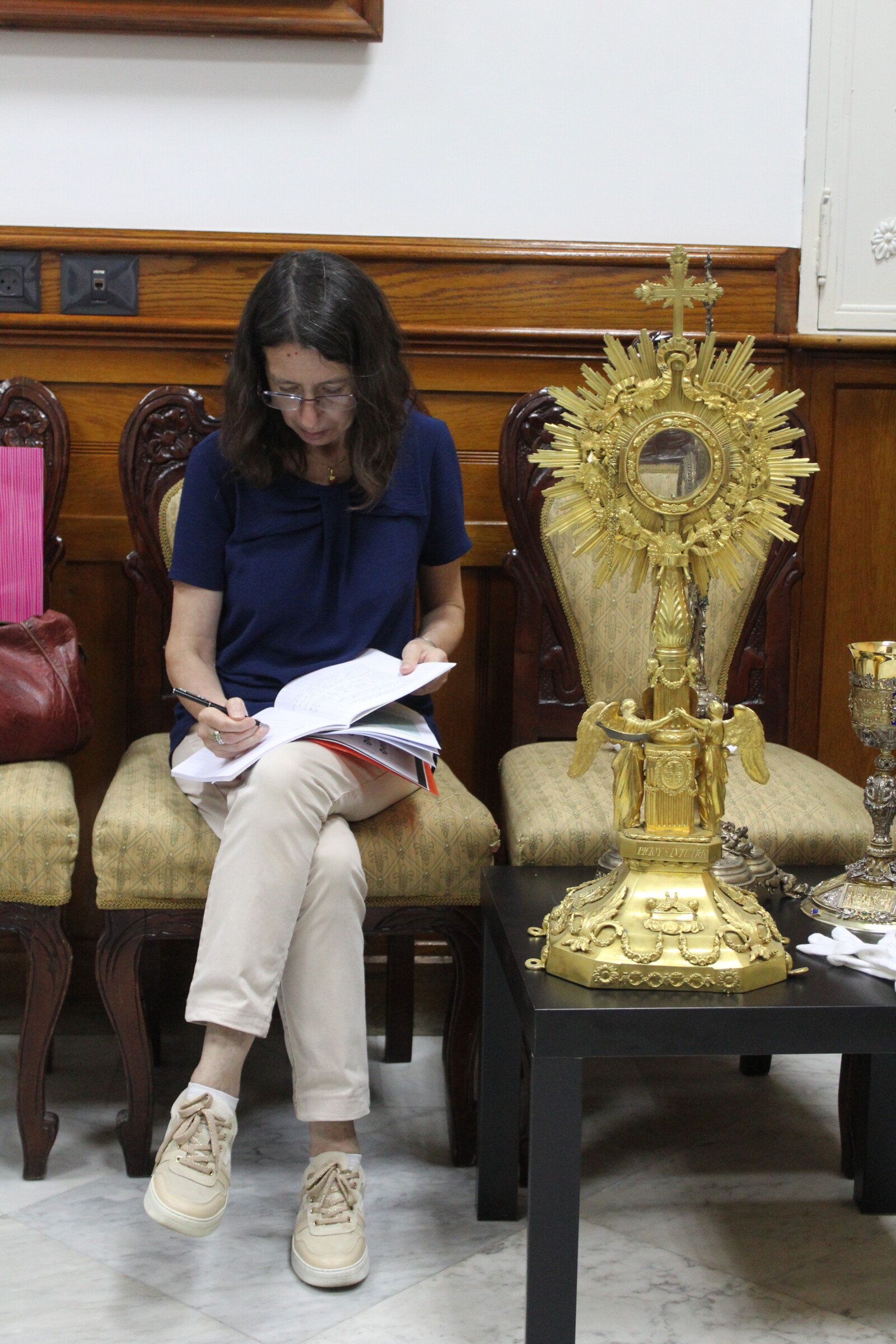
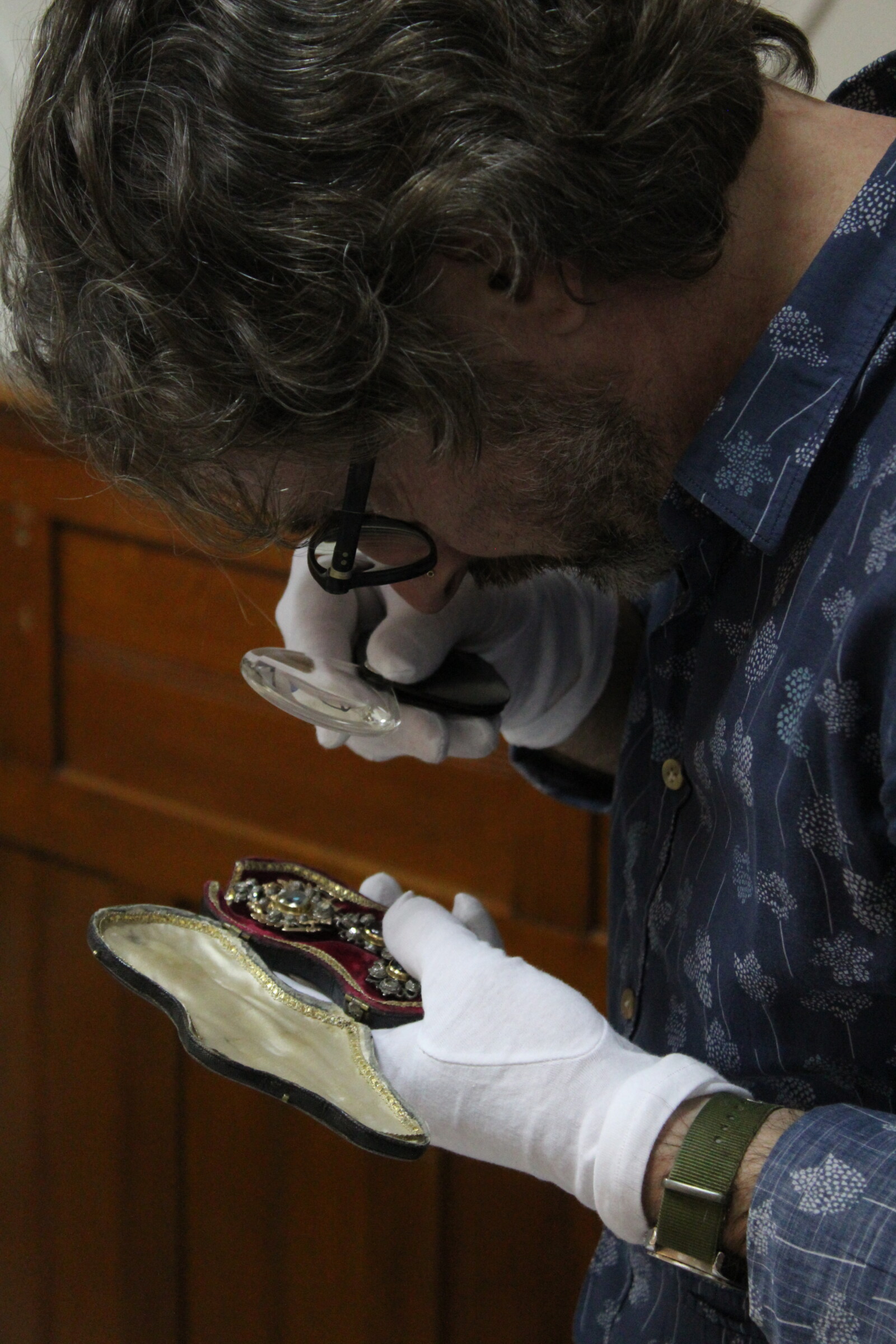
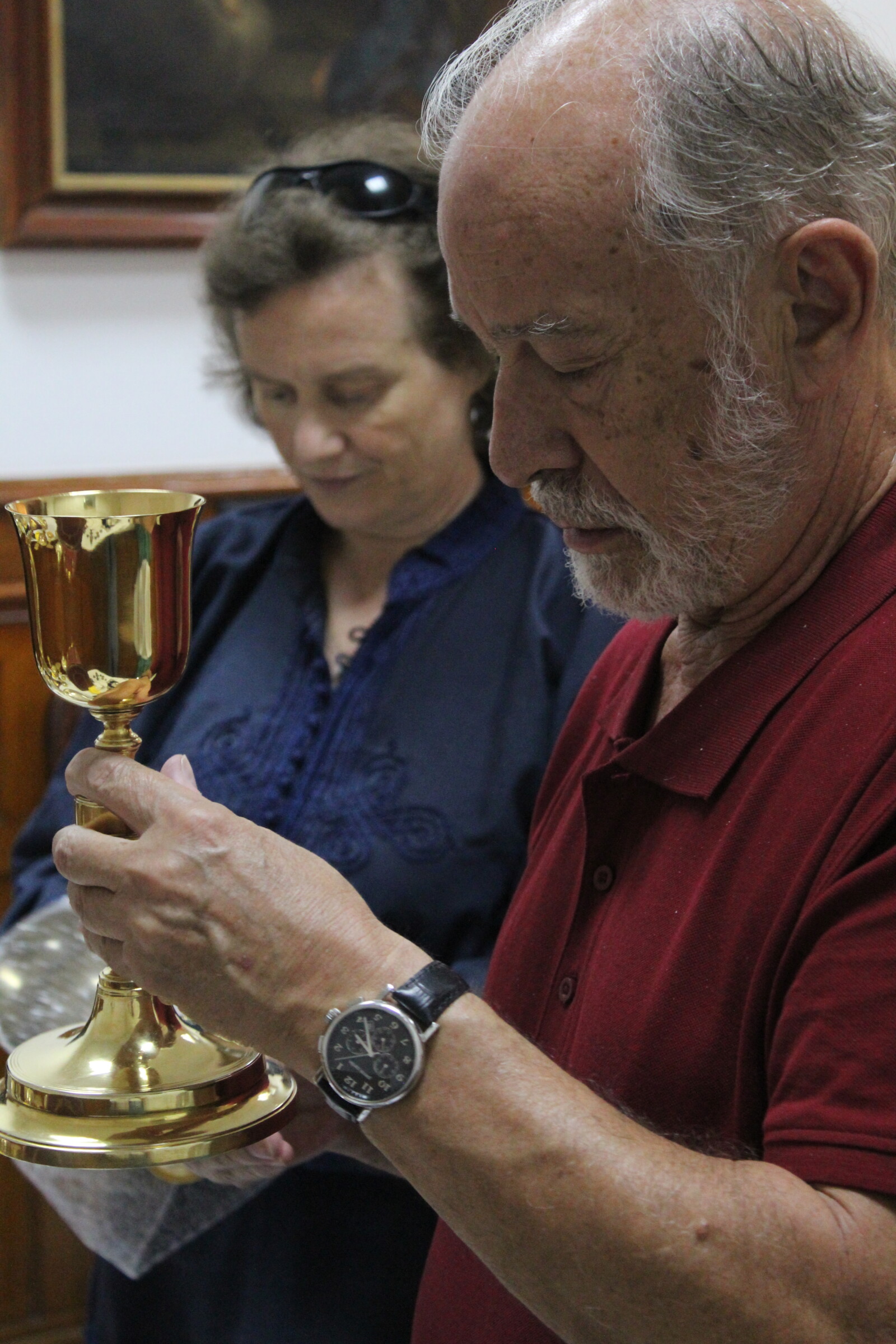
LAYING THE FOUNDATIONS FOR OPERTIONAL FUNCTIONING
Béatrix Saule, Honorary Director of the Château of Versailles, is now seated next to Barbara Jatta, the present Director of the Vatican Museums. The least that can be said is that questions are coming thick and fast. The time has come to reflect and to shape the future organization of the Terra Sancta Museum. What will the relation be between the two entities, archaeological and historical? What place will it have in the institution of the Custody and what legal structure must it have? The same applies to the direction and the division of the responsibilities between the friars, who “must stay in control, while being supported by professionals of museum management.” Which functions could be shared? How to identify and train the human resources of the future museum? All these questions will be studied in greater depth in the coming months in order to present, in 2023, a first draft of organization to the Custos of the Holy Land and his Discretorium, the decision-makers and the first people in charge of the project.
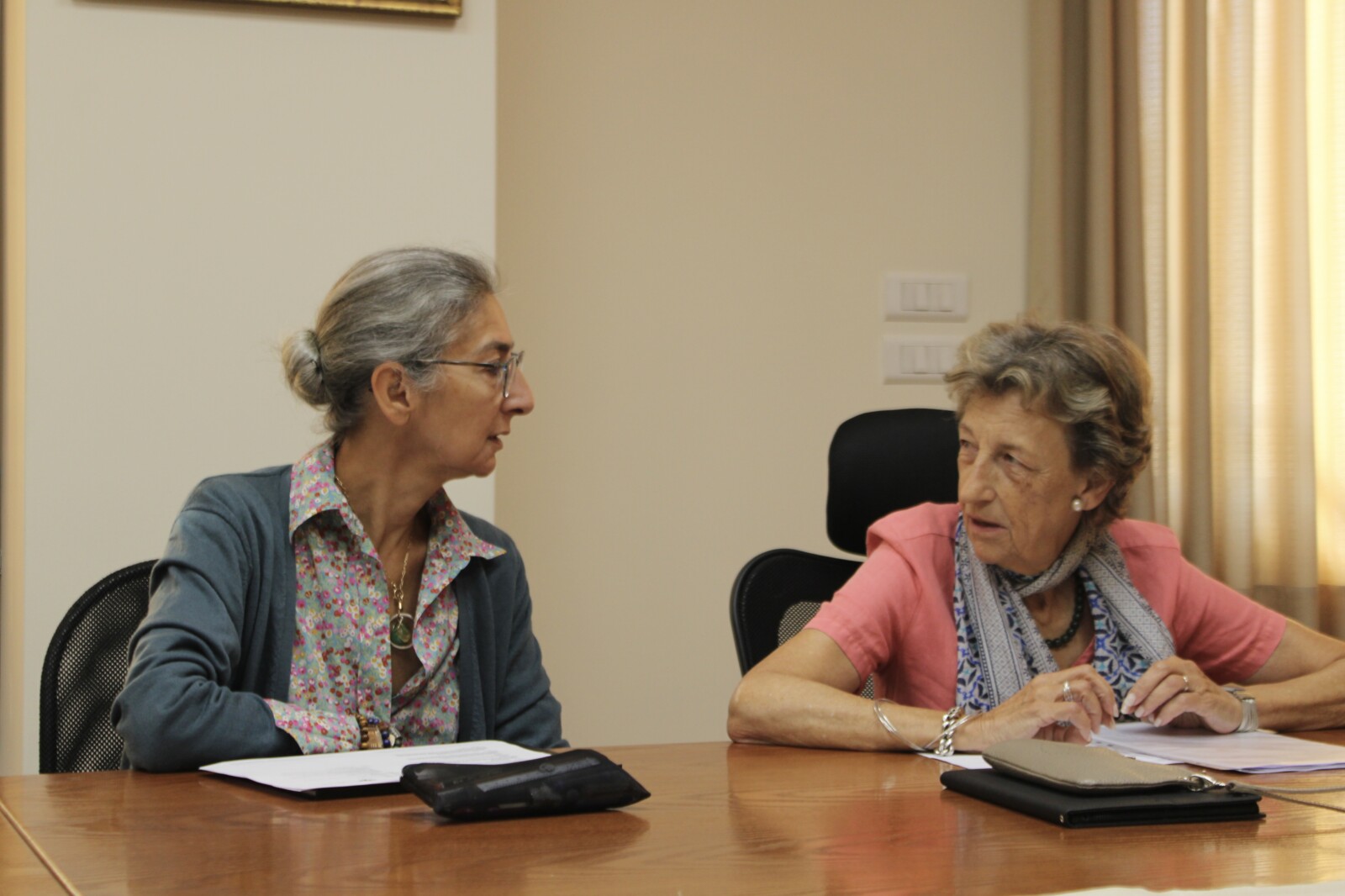
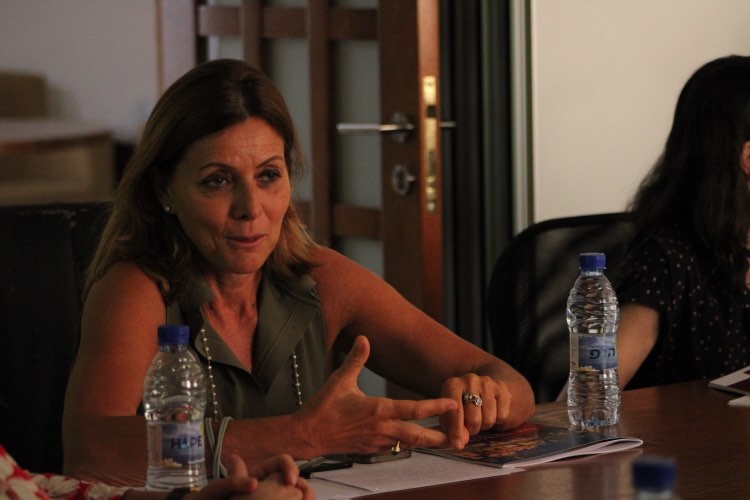
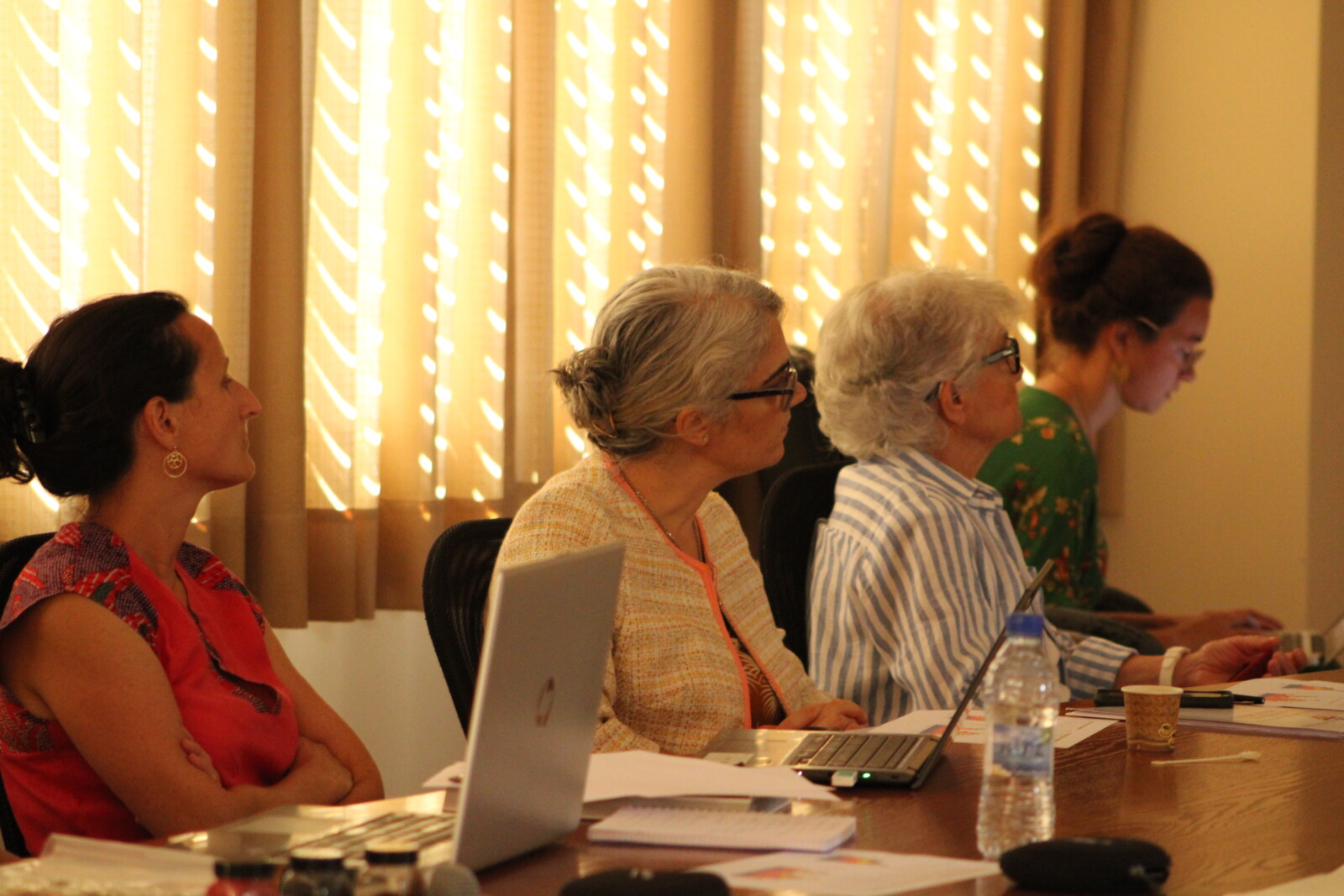
STUDYING THE FUTURE VISITORS TO THE MUSEUM
The other new feature of this Committee meeting was also the formation of a work group dedicated to the Study of visitors, “indispensable before imagining any educational and didactic tool at the service of cultural mediation,” Silvia Roman, Head of the department of temporary exhibitions at the Château de Versailles, repeated with insistence. And, a godsend for the whole team of the Terra Sancta Museum, Pierre Aziza, Deputy Director of Cultural Development of the Château de Versailles, came from Paris. By cross-referencing the statistics of the Israeli Ministry of Tourism and those of the Franciscan Pilgrims Office (FPO) transmitted by Mike Kattan, who designed and developed the software for the Custody of the Holy Land, some first trends appear.
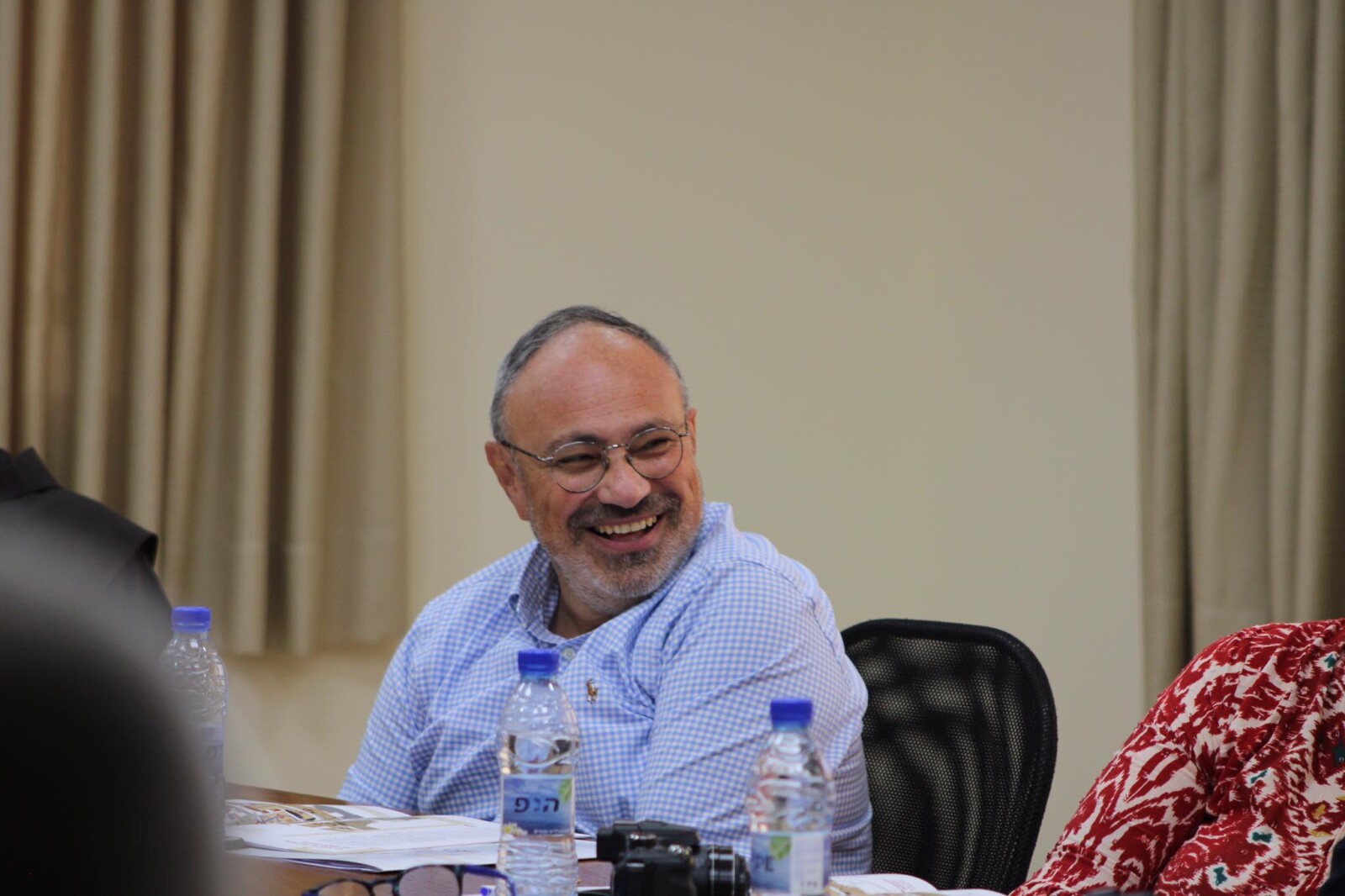
“In 2019, 54% of the tourists who entered Israel were Christians and 25% of them were on a trip organized by an agency” (source Inbound Tourism Survey annual report 2019, Israeli Ministry of Tourism). AS for the shrines, during the same year, the countries most represented were the United States, Italy and Poland, followed by Spain, Indonesia and the Philippines (source FPO). In short, the work is only beginning to accurately identify the profiles of the future visitors, the lengths of their stay, their cultural practices … with in the line of vision, the choice of the most appropriate system of reservation and ticketing.
BENEFITING FROM LOCAL AND INTERNATIONAL EXPERTISE
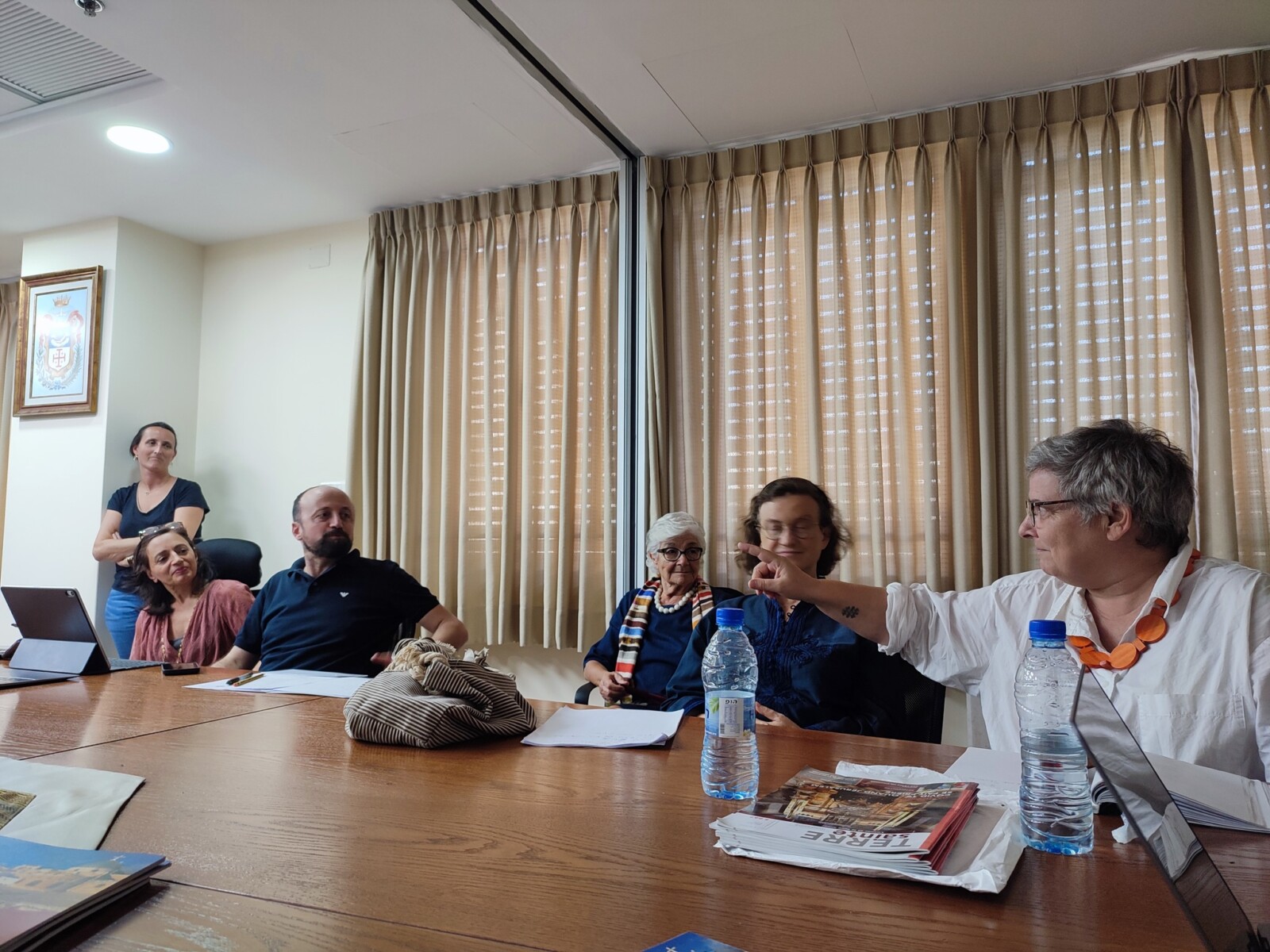
“Thanks to the work by Raphaëlle Ziadé and George Al’Ama but also the interest of several local museum institutions, wishing to hold exhibitions with our collections, we are aware that they reflect not only knowledge and techniques, but above all the history and the artistic contribution of the local Christian communities,” said Fr. Stéphane Milovitch. The two experts gave their feedback after their participation in the 9th Conference of Christian Arab studies in Paris, last July. Thanks to them, the school of icons of Jerusalem took centre position on the stage at a major conference for the first time. An ambitious project of inventories, research and first measures of preventive conservation is coming into being, around the future room of icons.
The floor was also given to Maja Kominko, Scientific Director and director of the scientific programmes of the Aliph Foundation (International alliance for the protection of heritage in areas of conflict). She was able to present the extent of their actions, their priorities and ways of operating in more than 30 countries, from Ukraine to Pakistan, via Syria, Libya and Mali. The Terra Sancta Museum is honoured to benefit from the support and expertise of the Aliph Foundation.
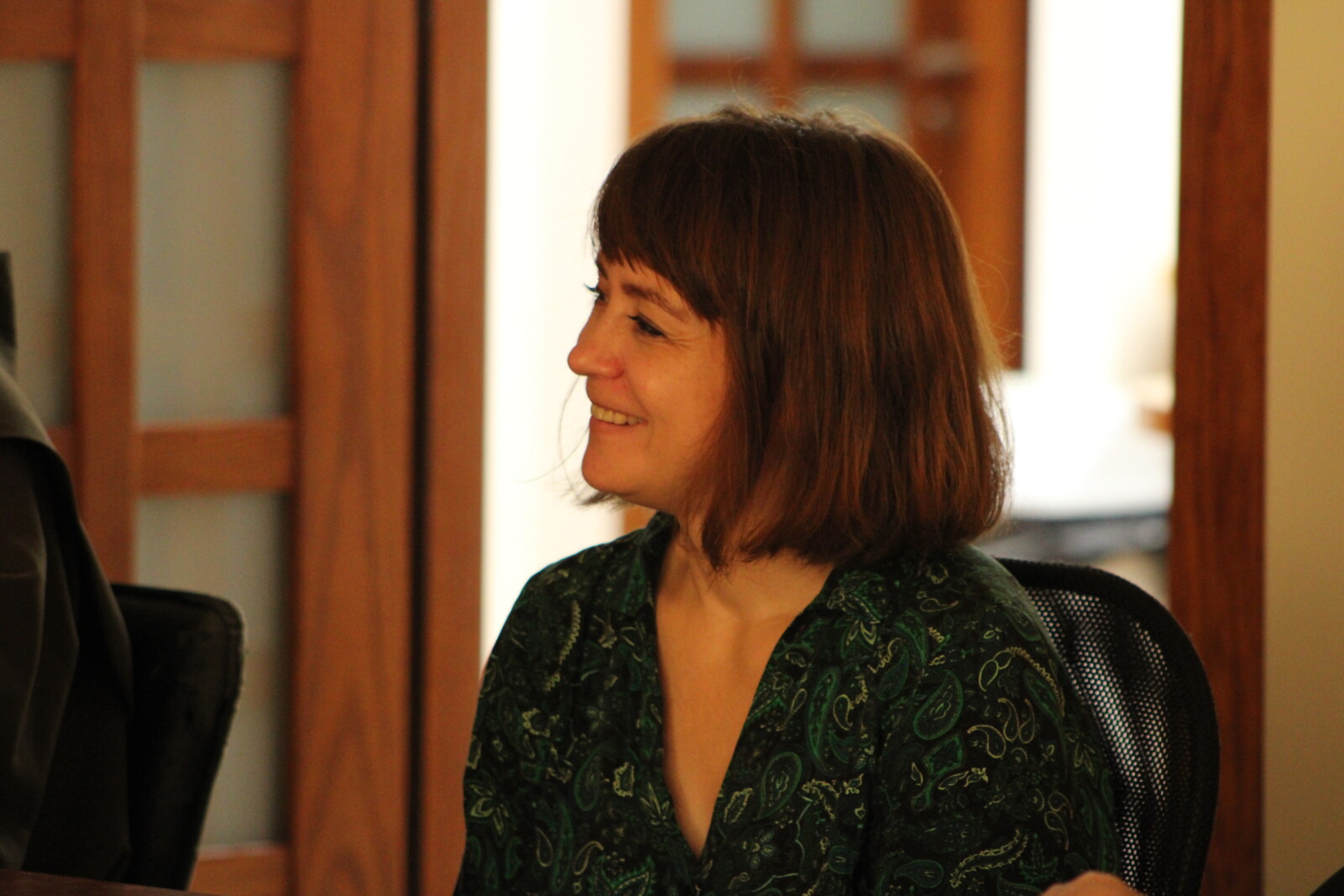
It was one of the partners of the Aliph Foundation, the Khalidi Library, that the Scientific Committee went to visit. Established in 190, it is the first public Arabic library in Palestine, housing one of the largest private collections of Arabic books and manuscripts in the world. The Terra Sancta Museum thanks its directors Raja and Khalil Khalidi, as well as David Dahdal, advisor of programmes, for this visit which stressed their activities of restoration and conservation. It was then the turn of Denis Weil, Director of the Museum of Israel, to welcome the delegation for a visit and an opportunity for exchange where the study of visitors and the tools of mediations were discussed. The Custody of the Holy Land wishes to repeat all its gratitude to the Scientific Committee, without whom this project could not see the light of day.
